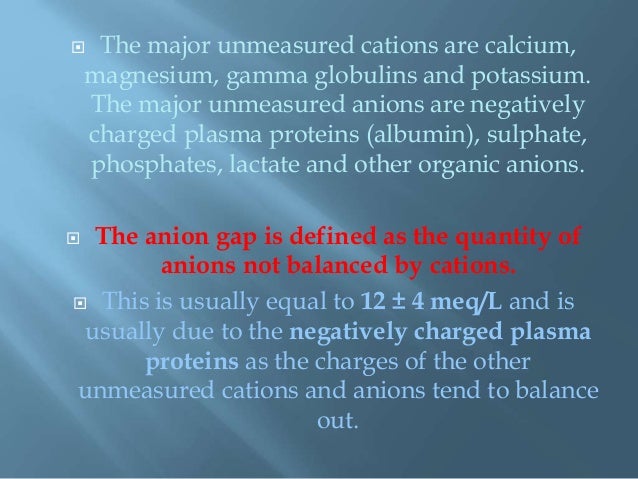

For example, a team of workers from the local car dealership may join a local summer softball league because they’re good friends and love the game. Even the most task-focused groups need some degree of social cohesion, and vice versa, but the balance will be determined by the purpose of the group and the individual members. Ideally, groups would have an appropriate balance between these two types of cohesion relative to the group’s purpose, with task-oriented groups having higher task cohesion and relational-oriented groups having higher social cohesion. Social cohesion refers to the attraction and liking among group members. Task cohesion refers to the commitment of group members to the purpose and activities of the group.

To better understand cohesion and climate, we can examine two types of cohesion: task and social. Group climate refers to the relatively enduring tone and quality of group interaction that is experienced similarly by group members. When something is cohesive, it sticks together, and the cohesion within a group helps establish an overall group climate. This section explores the dynamics mentioned previously in order to better prepare you for future group interactions. Last, the potential for productive and destructive conflict increases as multiple individuals come together to accomplish a task or achieve a purpose. The pressure to conform to norms becomes more powerful in group situations, and some groups take advantage of these forces with positive and negative results. Groups also develop norms, and new group members are socialized into a group’s climate and norms just as we are socialized into larger social and cultural norms in our everyday life. The impressions we form about other people’s likeability and the way we think about a group’s purpose are affected by the climate within a group that is created by all members. Define various types of group conflict and identify strategies for managing each type.Īny time a group of people come together, new dynamics are put into place that differ from the dynamics present in our typical dyadic interactions.Explain the relationship between conformity and groupthink.Describe the process of group member socialization.Explain the relationship between group cohesion and group climate.


 0 kommentar(er)
0 kommentar(er)
